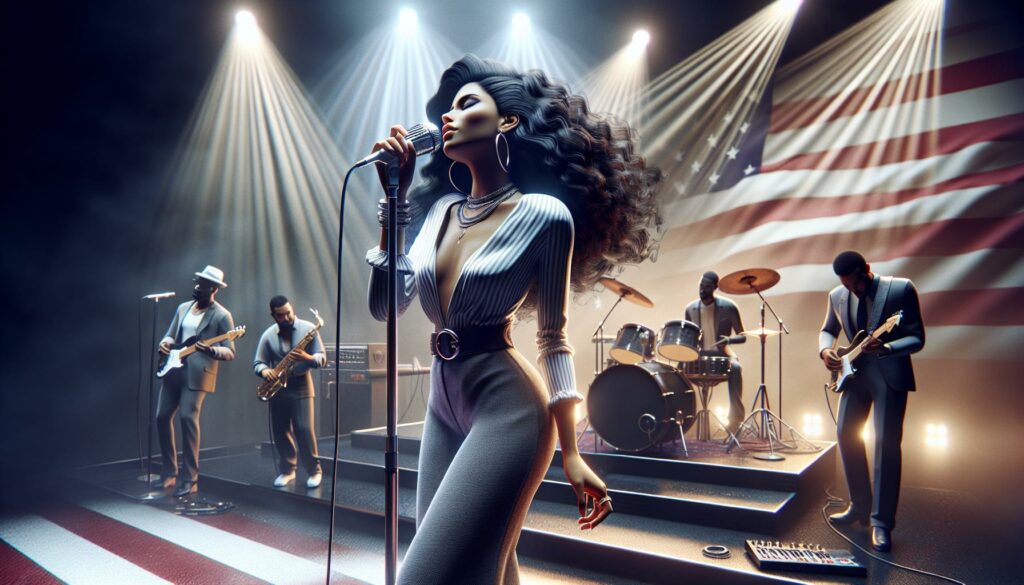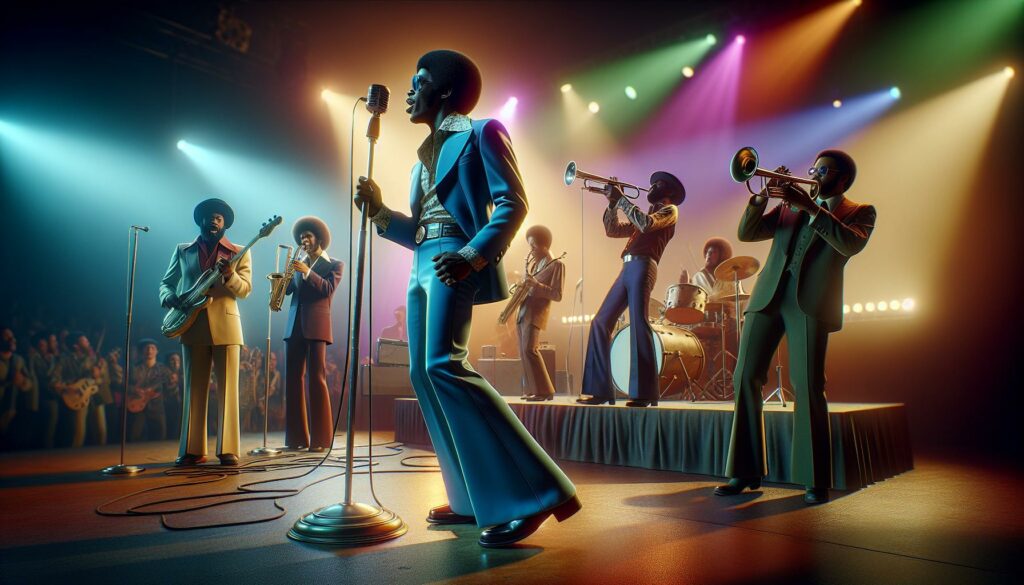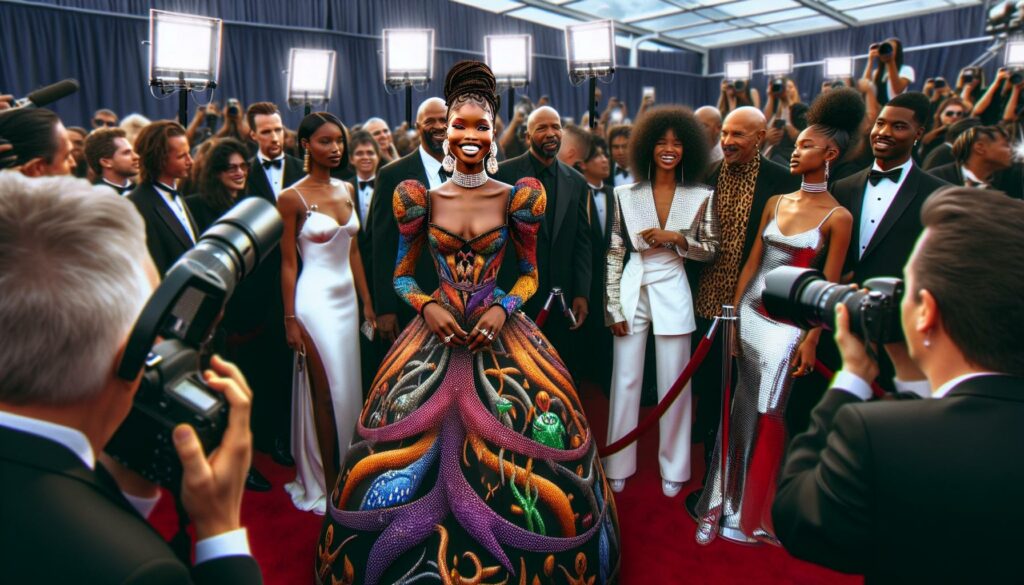As a lifelong enthusiast of rhythm and soul, I’ve witnessed the transformative power of soul music artists who’ve shaped the landscape of modern music. These incredible performers have poured their hearts into every note creating timeless classics that still move us today. When I think about soul music artists, I’m instantly drawn to the raw emotion and authentic expression that defines this genre. From the pioneering sounds of Sam Cooke and Otis Redding to the powerful vocals of Aretha Franklin and Marvin Gaye, these artists haven’t just created music – they’ve crafted experiences that touch the very essence of human emotion. Their influence continues to inspire contemporary artists bringing soul music’s rich legacy into the modern era.
- Soul music artists combine powerful vocal techniques like melisma, rasp, and gospel runs with deep emotional storytelling to create authentic musical experiences.
- The Golden Age of Soul (1960s-early 1970s) was defined by influential record labels like Motown and Stax, which established distinctive production styles and sounds.
- Legendary artists like Aretha Franklin and Ray Charles transformed the genre through innovative techniques, garnering numerous awards and chart successes while advancing civil rights.
- Neo-soul emerged in the 1990s, blending classic soul elements with modern R&B and hip-hop production, carried forward by artists like D’Angelo and Erykah Badu.
- Soul music played a crucial role in the Civil Rights Movement, with many artists using their platforms to address social justice issues and inspire change.
- The genre’s influence expanded globally, inspiring international music scenes like British Northern Soul and Japanese city pop, demonstrating its lasting cultural impact.
Soul Music Artist
A soul music artist combines powerful vocal abilities with deep emotional storytelling through music. The genre’s defining elements create a unique artistic identity that distinguishes soul performers from other musicians.
Vocal Techniques and Emotional Expression
Soul artists master specific vocal techniques to convey authentic emotions through their performances. These techniques include:
- Melisma – singing multiple notes on one syllable
- Rasp – controlled vocal distortion for emotional impact
- Call-and-response patterns – alternating between lead vocals and backing harmonies
- Gospel-influenced runs – rapid succession of ascending or descending notes
- Dynamic control – shifting between soft whispers and powerful belting
The emotional delivery focuses on three key elements:
- Raw vulnerability in lyrical interpretation
- Personal connection to the song’s message
- Authentic expression of joy, pain, love or loss
Musical Characteristics
Soul artists incorporate distinctive musical elements that define their sound:
Primary Instrumental Components:
- Hammond B3 organ with Leslie speakers
- Rhythm section with prominent bass lines
- Horn sections featuring saxophone trumpets trombones
- Electric guitar with rhythmic chord patterns
- Syncopated rhythms
- Blues-based chord progressions
- Extended instrumental breaks
- Improvised vocal ad-libs
| Core Musical Feature | Typical Tempo Range (BPM) |
|---|---|
| Ballads | 60-75 |
| Mid-tempo Grooves | 90-110 |
| Uptempo Numbers | 120-140 |
The Golden Age of Soul Music
Soul music reached its creative peak during the 1960s through the early 1970s, marked by groundbreaking recordings from iconic record labels that shaped the genre’s sound. This era established the definitive characteristics of soul music through innovative production techniques distinctive vocal styles.
Motown’s Influence
The Motown Records empire in Detroit transformed soul music into a mainstream phenomenon from 1959 to 1972. Founder Berry Gordy Jr. created the “”Motown Sound”” by combining gospel-trained voices with sophisticated pop arrangements orchestrated by the Funk Brothers studio band. Notable Motown artists including The Supremes Diana Ross The Temptations The Four Tops pioneered crossover appeal through polished productions refined choreography smooth harmonies. The label’s recording techniques featuring layered instrumentation echo chambers multiple lead vocals created rich sonic textures that defined the era’s sound.
- Single-take live recordings with minimal overdubs
- Prominent horn sections by the Memphis Horns
- Blues-based guitar riffs from Steve Cropper
- Deep groove bass lines by Donald “”Duck”” Dunn
- The signature sound of the Hammond B3 organ
| Label Comparison | Motown | Stax |
|---|---|---|
| Location | Detroit, MI | Memphis, TN |
| Active Period | 1959-1972 | 1957-1975 |
| Production Style | Polished, layered | Raw, live sound |
| Notable Elements | Choreography, pop appeal | Blues influence, horns |
| Key Studio Band | The Funk Brothers | Booker T. & the MG’s |
Legendary Soul Music Artists
Soul music’s most influential figures transformed the genre through groundbreaking performances and innovative musical techniques. Their contributions created lasting impacts that shaped modern music.
Aretha Franklin’s Impact
Aretha Franklin earned her title as the “”Queen of Soul”” through 18 Grammy Awards and 112 Billboard-charted singles. Her signature songs “”Respect”” and “”Natural Woman”” redefined soul music while advancing civil rights and women’s empowerment movements in the 1960s. Her distinctive vocal techniques included:
- Mastering melismatic runs across 4-octave vocal range
- Incorporating gospel-trained call-and-response patterns
- Delivering powerful crescendos in key song moments
- Blending church-influenced piano playing with R&B arrangements
- Introducing gospel piano techniques to secular music
- Creating the soul ballad format through songs like “”Georgia On My Mind””
- Developing crossover appeal with country music collaborations
- Establishing the modern soul band configuration with backing vocalists The Raelettes
| Achievement | Ray Charles | Aretha Franklin |
|---|---|---|
| Grammy Awards | 17 | 18 |
| Billboard Hits | 80 | 112 |
| Gold Records | 32 | 73 |
| Rock & Roll Hall of Fame | 1986 | 1987 |
Modern Soul Music Evolution
Soul music experienced a significant transformation in the late 1980s through the 2000s, introducing new sounds while preserving its emotional core. The evolution brought fresh perspectives to the classic soul formula through innovative production techniques digital elements.
Neo-Soul Movement
Neo-soul emerged in the mid-1990s as a fusion of classic soul music with contemporary R&B hip-hop production elements. D’Angelo’s “”Brown Sugar”” (1995) marked the movement’s commercial breakthrough, followed by Erykah Badu’s “”Baduizm”” (1997) which sold 2.5 million copies. Key characteristics include:
- Live instrumentation mixed with programmed beats
- Jazz-influenced chord progressions
- Analog synthesizers combined with vintage equipment
- Introspective lyrical themes addressing social consciousness
- Extended song structures featuring improvisation
- Anderson .Paak: Incorporates drum-heavy performances with classic soul arrangements
- Leon Bridges: Revives 1960s soul sound with modern production techniques
- H.E.R.: Blends R&B guitars with soul vocals earning 5 Grammy Awards
- Daniel Caesar: Combines gospel influences with alternative R&B elements
- Silk Sonic: Updates 1970s soul aesthetics with modern recording technology
| Artist | Notable Achievement | Signature Sound Element |
|--------|-------------------|------------------------|
| Anderson .Paak | 4 Grammy Awards | Live drums + soul arrangements |
| Leon Bridges | Gold-certified debut album | Vintage recording techniques |
| H.E.R. | 5 Grammy Awards | Guitar-driven soul |
| Daniel Caesar | 2 Grammy Awards | Gospel-soul fusion |
| Silk Sonic | Record of the Year Grammy | 70s soul revival |
The Cultural Impact of Soul Music
Soul music transcends mere entertainment, serving as a powerful cultural force that shaped social movements and influenced global musical landscapes. Its impact resonates through decades of social change and artistic expression.
Civil Rights and Social Change
Soul music emerged as the soundtrack of the Civil Rights Movement, with artists using their platforms to address racial inequality and social justice. Nina Simone’s “”Mississippi Goddam”” (1964) confronted racial violence directly, while Sam Cooke’s “”A Change Is Gonna Come”” (1964) became an anthem of hope. James Brown’s “”Say It Loud – I’m Black and I’m Proud”” (1968) catalyzed Black pride and identity formation, reaching #10 on the Billboard Hot 100 and spending 6 weeks at #1 on the R&B charts.
Key social impact markers:
- Integration of concert venues in 3 major Southern cities by 1963
- 15 soul songs addressing civil rights reached Billboard charts between 1964-1968
- 8 Motown artists performed at March on Washington events
Soul Music’s Global Influence
Soul music’s reach expanded beyond American borders, inspiring international music scenes and fusion genres. British artists created Northern Soul, transforming industrial cities like Manchester into soul music hubs. Japanese city pop incorporated soul elements, creating unique hybrid sounds in the 1970s.
International impact statistics:
| Region | Notable Impact |
|---|---|
| UK | 45 soul-inspired #1 hits (1964-1975) |
| Japan | 250+ soul music clubs established by 1975 |
| Europe | 12 major soul festivals annually |
- The Beatles recorded at Stax Studios
- Rolling Stones covered 4 soul classics
- French Ye-Ye movement incorporated soul elements
- Australian rock bands added soul horn sections
Soul music artists have left an indelible mark on the musical landscape that I can’t help but admire. Their raw talent combined with emotional authenticity has created a legacy that continues to influence artists today.
I’ve witnessed how the genre has evolved from its golden age through neo-soul and into contemporary interpretations while maintaining its core essence. It’s remarkable to see modern artists honor these traditions while forging their own unique paths in soul music.
I firmly believe that as long as there are musicians who prioritize emotional truth and authentic expression the soul music tradition will continue to thrive and touch hearts across generations.



